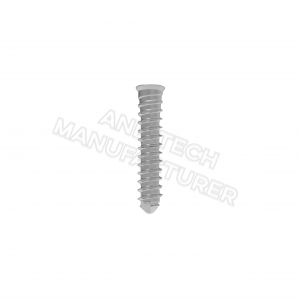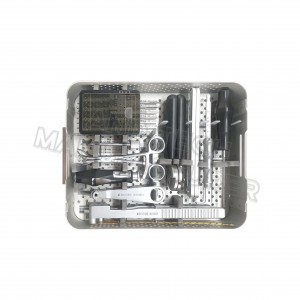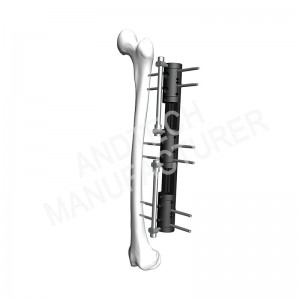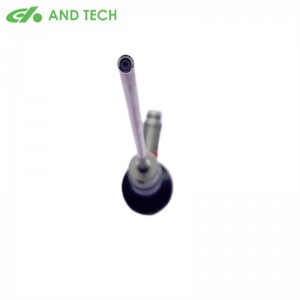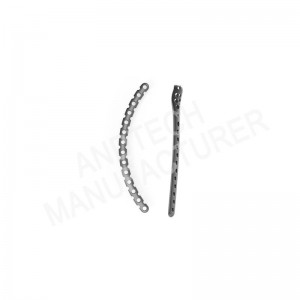Rib Bone Locking Plate with Titanium Alloy
Rib Fracture
A rib fracture is a common injury in which the rib cage is broken or cracked. The most common cause is chest trauma from a fall, motor vehicle accident, or impact during a contact sport.
Many rib fractures are simply cracks. While still painful, the potential danger of a cracked rib is far less than that of a broken rib. The jagged edges of a broken bone can damage major blood vessels or internal organs such as the lungs.
Rib fractures mostly heal on their own within 1 or 2 months. Adequate analgesia is important to avoid preventing the patient from taking deep breaths and preventing pulmonary complications such as pneumonia.
Symptom
Pain from a rib fracture usually occurs or is worsened by:
take a deep breath
compressing the injured area
bending or twisting the body
When to seek medical attention?
See your doctor if you develop extremely painful spots in your rib area after trauma, or if you have difficulty breathing or pain when you take a deep breath.
Seek immediate medical attention if you have pressure, filling, or squeezing pain in the center of your chest that lasts more than a few minutes, or pain that extends beyond your chest into your shoulders or arms. These symptoms could mean a heart attack.
Etiology
Rib fractures are usually caused by a direct impact, such as a motor vehicle accident, a fall, child abuse, or contact sports. Broken ribs can also result from repetitive trauma from sports such as golf and rowing, or from severe and prolonged coughing.
Increase your risk of rib fractures:
Osteoporosis. Having this disease can make your bones less dense and more likely to break bones.
Participate in sports. Playing contact sports, such as ice hockey or football, increases the risk of chest injury.
A cancerous lesion on a rib. Cancerous lesions can weaken bones and make them more likely to break.
complication
Rib fractures can injure blood vessels and internal organs. The more rib fractures, the greater the risk. Complications vary depending on the location of the rib fracture.
complications
A tear or puncture in the aorta. The sharp ends formed when any of the first three ribs at the top of the ribcage are fractured can rupture the aorta or other major blood vessel.
Lung punctured. The jagged end formed by the broken rib in the middle can puncture the lung, causing it to collapse.
Tearing of the spleen, liver, or kidneys. The bottom two ribs are rarely broken because they are more elastic than the upper and middle ribs, which are anchored to the sternum. But if a lower rib is broken, the broken end can cause serious damage to your spleen, liver, or kidneys.








